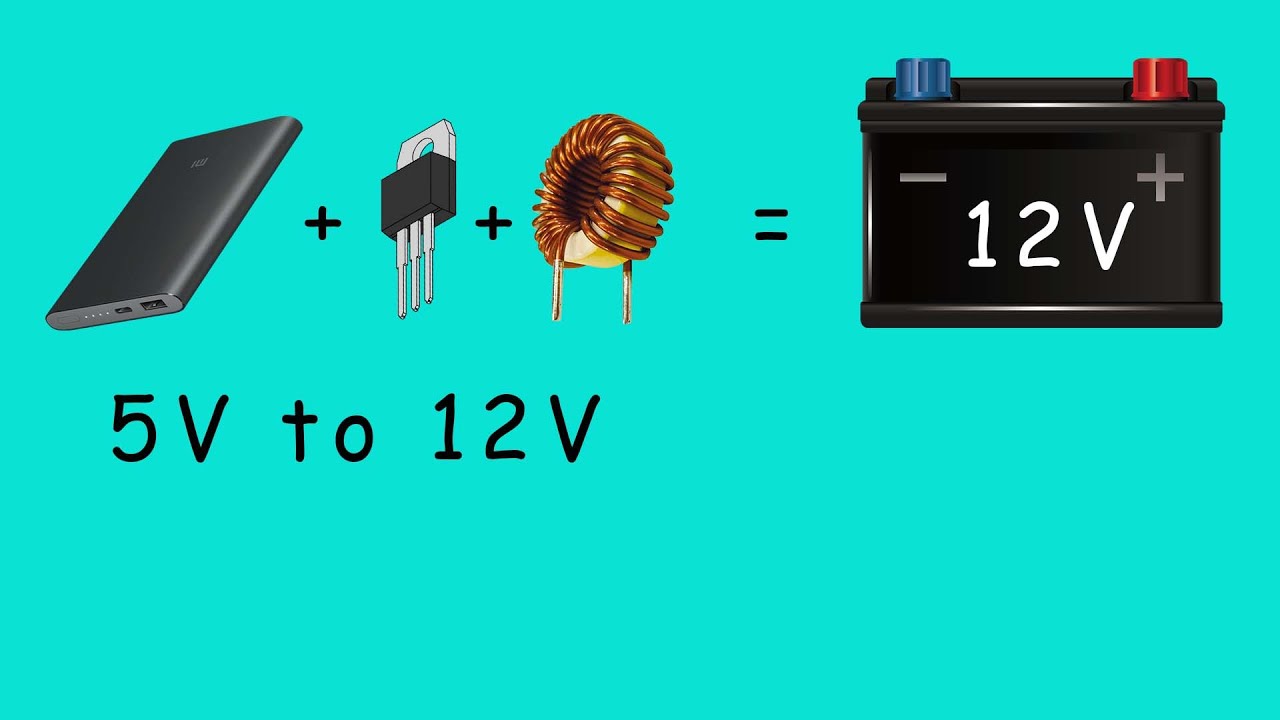
Best way to step up voltage from 5V to 12V?
Are you in need of stepping up your voltage from 5V to 12V? Whether you’re working on a DIY project, repairing electronics, or trying to power a device that requires a higher voltage, there are several methods you can use to achieve this. In this article, we will explore some of the best ways to step up voltage from 5V to 12V.
Method 1: Voltage Boost Converter
One of the most popular and efficient ways to step up voltage is by using a voltage boost converter. These converters are designed to take a lower input voltage, such as 5V, and increase it to a higher output voltage, such as 12V. There are many off-the-shelf boost converters available that are easy to use and provide a stable output voltage.
When choosing a voltage boost converter, make sure to select one that can handle the desired input and output voltage range. Some converters may also have additional features such as over-current protection, short circuit protection, and thermal shutdown to ensure the safety of your circuit.
Method 2: Voltage Divider
Another method to step up voltage is by using a voltage divider circuit. This involves using a combination of resistors to divide the input voltage and create a higher output voltage. While this method is simple and cost-effective, it may not be as efficient as using a voltage boost converter.
When designing a voltage divider circuit, it’s important to calculate the resistor values carefully to achieve the desired output voltage. Keep in mind that the output voltage will depend on the ratio of the resistors used in the circuit.
Method 3: Transformer
If you’re working with AC voltages, using a transformer is another viable option to step up the voltage. Transformers work by inducing a changing magnetic field to transfer energy between two coils. By selecting the appropriate turns ratio, you can step up the voltage from 5V to 12V easily.
When choosing a transformer, make sure to select one with the right turns ratio for your application. Transformers come in various sizes and configurations, so it’s essential to consider factors such as power rating, frequency, and efficiency when making your selection.
Method 4: Charge Pump Circuit
For low power applications, a charge pump circuit can also be used to step up the voltage. Charge pumps work by storing energy on capacitors and transferring it to the output. While they are relatively simple and cost-effective, charge pumps may not be suitable for high-power applications.
When designing a charge pump circuit, pay attention to the capacitor values and switching frequency to achieve the desired output voltage. It’s also essential to consider factors such as efficiency, output ripple, and load regulation when using a charge pump for voltage stepping.
Conclusion
Stepping up voltage from 5V to 12V can be accomplished using various methods, each with its advantages and limitations. Whether you choose to use a voltage boost converter, voltage divider, transformer, or charge pump circuit will depend on your specific application requirements.
Before implementing any voltage stepping method, make sure to carefully calculate the voltage requirements, power ratings, and efficiency of your circuit. By selecting the right method and components, you can successfully step up your voltage from 5V to 12V and power your devices effectively.
Was this helpful?
0 / 0